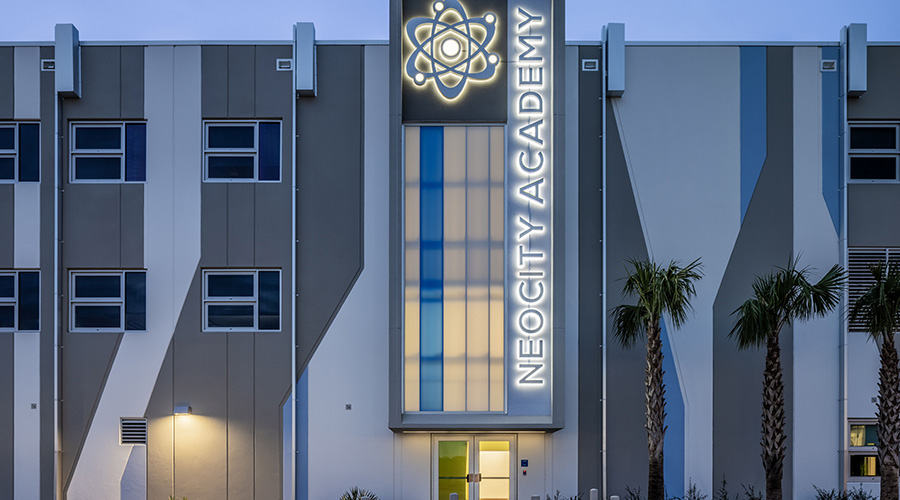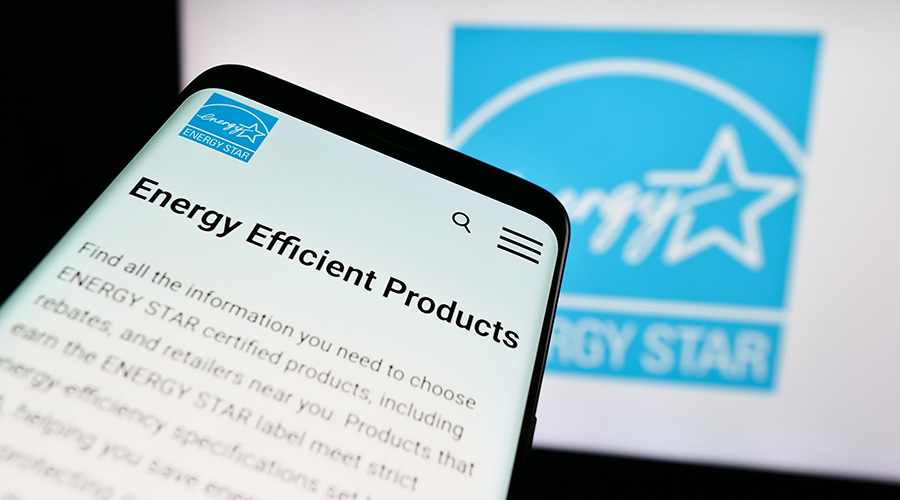The Benefits Of High-Performance Buildings
Some facility executives associate the term high-performance green buildings with energy efficiency, while to others the words bring to mind collaboration among architects, engineers, and designers. Other facility executives think of operating performance, integrated design, incremental costs and tenants.
All of the descriptions are correct. There is no one right answer or definition when it comes to describing a high-performance green building. In general, a high-performance building is operating on all cylinders, with each system and control functioning efficiently and consistently. A green building is gentle on the environment, using minimal energy and minimizing waste. To be high-performing and green, experts say, a facility's owner, developer, manager, operating personnel and tenants need to be aware of and work toward those goals together.
"I think there are a range of important issues and attributes to a high-performance building that have to do with health, amenities and occupancy comfort," says Jeff Harris, vice president of programs for the Alliance to Save Energy, a Washington, D.C., organization of business, government, environmental and consumer leaders who promote efficient use of energy. "That's the broad agenda."
Some people view green and sustainability as doing what's best for the environment, and they view high performance as maximizing technology, says Karen Penafiel, vice president of advocacy for the Building Owners and Managers Association International.
"It's really maximizing the technology, analyzing the environmental impact and then also examining the ongoing operation and management, the latter being the most important because you can make huge investments in technology, but if you don't have ongoing training in place for building management, you won't get your return on investment," she says.
The key word is performance, says Gordon Holness, president of the American Society of Heating Refrigeration and Air-Conditioning Engineers (ASHRAE). The design and construction of a building must allow it to perform at its best. That means when it comes to selecting materials, for example, those chosen don't emit VOCs. When it comes to water performance, it means using low-flow toilets and fixtures so that water usage is kept to a minimum.
Partnership Formed
The Energy Independence and Security Act of 2007 instructed the Department of Energy (DOE) to work with the private sector to gather information on what technologies are needed to reach net zero energy performance levels in commercial buildings.
The High-Performance Commercial Green Building Partnership (see "Partnership or Caucus," below), chaired by ASHRAE, was formed early this year in response to a December Federal Register Notice stemming from the act.
DOE received $33 million to undertake initiatives aimed at achieving net zero energy buildings, and the partnership is part of that work, Holness says.
Although the partnership requested formal recognition by DOE in February, Holness says DOE has yet to respond.
"We formed a steering committee of 10 members, and we also invited partnership members through a joint partnership with supporting roles," Holness says. "In addition to partners — and typically these were associations and organizations — we also tapped into manufacturing companies that through their research could provide some input."
Interest in high-performance green buildings extends into the halls of Congress.
The High-Performance Building Congressional Caucus Coalition brings together members of Congress and associations such as ASHRAE and the American Institute of Architects, with the associations offering their expertise on high-performance green buildings to Congressional members when needed.
Key Elements
The systems and products necessary for a high-performance green building vary depending on the type of building, says Bill Hoyt, industry director for the National Electrical Manufacturers Association. Those needed for an office building may be "entirely different" from those needed for a Veterans Administration Hospital, he says. For the latter, safety and security and the ability to continue operating in the event of an emergency may be the most crucial, he notes. "The question you have to ask is, how do you then achieve that and what other compromises might you have to make with the other attributes?" Hoyt says.
From an ease of measurement standpoint, energy performance is key, Hoyt says. Add sustainability to energy and the list expands to include such things as water use, lighting controls, and motors and motor-driven systems related to fans, pumps, elevators and escalators, he says.
LEED, the U.S. Green Building Council's green building certification program, is one place owners and developers can start when they have a goal of a high-performance green building, says Jason Hartke, director of advocacy and public policy for the U.S. Green Building Council. The program encompasses features such as energy and water conservation, renewable materials, indoor air quality and more. "There are also areas that relate to your building being healthy, safe and secure," Hartke says, noting that indoor air quality is one that affects health.
Integrated design is important in both LEED and high-performance buildings, Hartke says. That means that windows, lighting, roofing and HVAC systems are designed to work together and not against each other, even inadvertently. "You have to make sure that the architect, designer and the construction crews are on the same page," Hartke says.
Energy is Starting Point
Still, virtually any list of the key elements of a high-performance green building begins with energy, in large part because it accounts for a good portion of a building's expenses. The building industry is much further along in understanding and conceptualizing the measurement of energy performance than the industry is with other environmental impacts on buildings, says Harris of the Alliance to Save Energy. The ability to measure energy consumption is "much closer to the bottom line" in terms of economics than other items are, such a renewable or reusable materials and indoor air quality, he says.
"I think everyone agrees that if you look at the cost of occupying a building, once you take out salaries, energy is the largest cost at about $1.50 to $2 per square foot," Harris says.
The ability to find out how, why and where energy is being used in a building is fundamental, says Don Winston, director of technical services for the Durst Organization Inc., the owner, developer and manager of several mid-town Manhattan properties, including the Bank of America Tower at One Bryant Park. That's why it's key that the personnel who operate a building's systems and controls understand how to do so to the maximum extent possible, he says. A building can't be operated as efficiently as possible if it's not designed for ease of operation.
"It's the nature of the job for the operators, whose job it is to provide service to the tenants, that if push comes to shove between service for tenants and energy consumption, then energy consumption can be damned," Winston says.
Consequently, design needs to emphasize maximum efficiency at all load points or anticipated load points, Winston says. Commercial buildings tend to be designed for best efficiency at peak, he says. "But as you get into less-than-peak capacity, you get into a high turndown scenario, where systems operate less and less efficiently, and it's important that they be capable of operating efficiently at all anticipated load points."
Covering Costs
Whether an owner or developer opts for a high-performance green building typically comes down, literally, to the bottom line. Which party cares about energy efficiency, for example, in large part depends on who is paying the bills, says Bill Fay, code coalition director for the Alliance to Save Energy. Congress is getting involved because structures built today will be around for 60 years to 80 years, which means energy policy being written today is actually energy policy for 2089, he says.
An owner who feels that the upfront capital is greater than the return on investment is likely to decline to choose the products and systems that are necessary for such a facility. America is driven by cash flow — "by money" — ASHRAE's Holness says. "Technology can be developed and programs put together that have a desirable return on investment, but there will always be reluctance by some owners and developers to put upfront capital in return for a longer-term investment," he says.
Databases of federal, state, local and utility incentives and policies for renewable energy and energy efficiency can be found on the Web at www.dsireusa.org. The North Carolina Solar Center and the Interstate Renewable Energy Council maintains the information with funding from the DOE.
Many energy efficiency products pay for themselves "fairly quickly," but not all of them, Fay says. They do add to the initial cost of a building, but because most structures are financed and payments spread across many years, the money is being spent at the same time the payback is occurring.
Desiree J. Hanford, a contributing editor for Building Operating Management, is a freelance writer who spent 10 years as a reporter for Dow Jones. She is a former assistant editor of Building Operating Management.
Related Topics:












